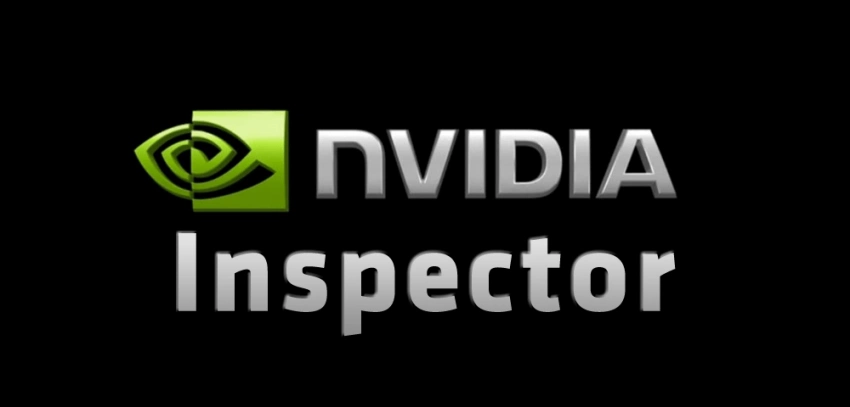NVIDIA Inspector is a powerful utility software designed for users of NVIDIA graphics cards. This tool provides advanced monitoring and tweaking capabilities that go beyond what's available in NVIDIA's standard control panel.
The program allows users to view detailed information about their graphics card, including core clock speeds, memory clock speeds, voltage settings, and temperature readings in real-time. One of its most notable features is the ability to modify various driver settings and parameters that aren't accessible through regular NVIDIA control panel.
NVIDIA Inspector is particularly popular among gamers and overclockers who want to fine-tune their graphics card performance. It enables users to create custom performance profiles for specific games and applications, adjust fan speeds, and modify various graphics settings to optimize performance.
While the tool is not officially supported by NVIDIA, it has become a trusted resource in the PC gaming and hardware enthusiast community. However, users should exercise caution when making adjustments, as incorrect settings could potentially damage their hardware.
The program is free to download and use, making it an accessible option for anyone looking to get more control over their NVIDIA graphics card settings.
| Aspect | Description |
|---|---|
| General Information | |
| Full Name | NVIDIA Inspector |
| Developer | Orbmu2k |
| Initial Release | 2010 |
| Latest Version | 1.9.7.8 |
| File Size | ~1.2 MB |
| Operating System | Windows |
| License | Freeware |
| Main Features | |
| Overclocking | - GPU core clock adjustment - Memory clock adjustment - Voltage control - Fan speed control - Custom fan curves |
| Monitoring | - GPU temperature - GPU usage - Memory usage - Fan speed - Clock speeds - Frame rate - Power consumption |
| Profile Management | - Create custom profiles - Import/export profiles - Game-specific optimizations - SLI configurations |
| Driver Settings | - Advanced driver options - Hidden settings access - Anti-aliasing controls - Texture filtering options |
| Advanced Features | |
| Debug Options | - Force alternate GPU features - Enable experimental options - Driver tweaks - Performance modifications |
| Power Management | - Power target adjustment - Temperature target control - Custom power states - Boost clock management |
| Display Settings | - Custom resolutions - Refresh rate control - Color depth settings - Multi-monitor setup |
| Compatibility | |
| GPU Support | - All NVIDIA GPUs - Legacy GPU support - Mobile GPU support |
| Driver Support | - Current NVIDIA drivers - Legacy driver support - Beta driver compatibility |
| User Interface | |
| Main Window | - Hardware monitoring graphs - Real-time statistics - Control panels - Status indicators |
| Profile Editor | - Detailed settings layout - Search functionality - Category organization - Quick access tools |
| Safety Features | |
| Protection | - Overvoltage protection - Temperature limits - Clock speed limits - Fail-safe mechanisms |
| Backup Options | - Profile backups - Settings restoration - Default value recovery |
| Additional Tools | |
| Benchmarking | - Performance testing - Stability checking - Frame time analysis |
| Diagnostics | - GPU health check - Driver status - System compatibility |
| Advantages | |
| Performance | - Fine-tuned control - Advanced optimization - Custom tweaking - Performance gains |
| Flexibility | - Extensive options - Customization ability - Profile management - Multiple GPU support |
| Limitations | |
| Risks | - Potential system instability - Warranty voiding - Hardware damage risk |
| Complexity | - Advanced user focus - Learning curve - Technical knowledge required |
| System Requirements | |
| Hardware | - NVIDIA GPU - Compatible motherboard - Adequate power supply |
| Software | - Windows OS - NVIDIA drivers - .NET Framework |

